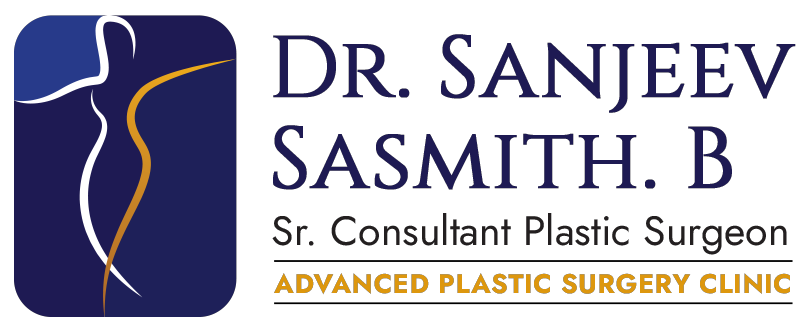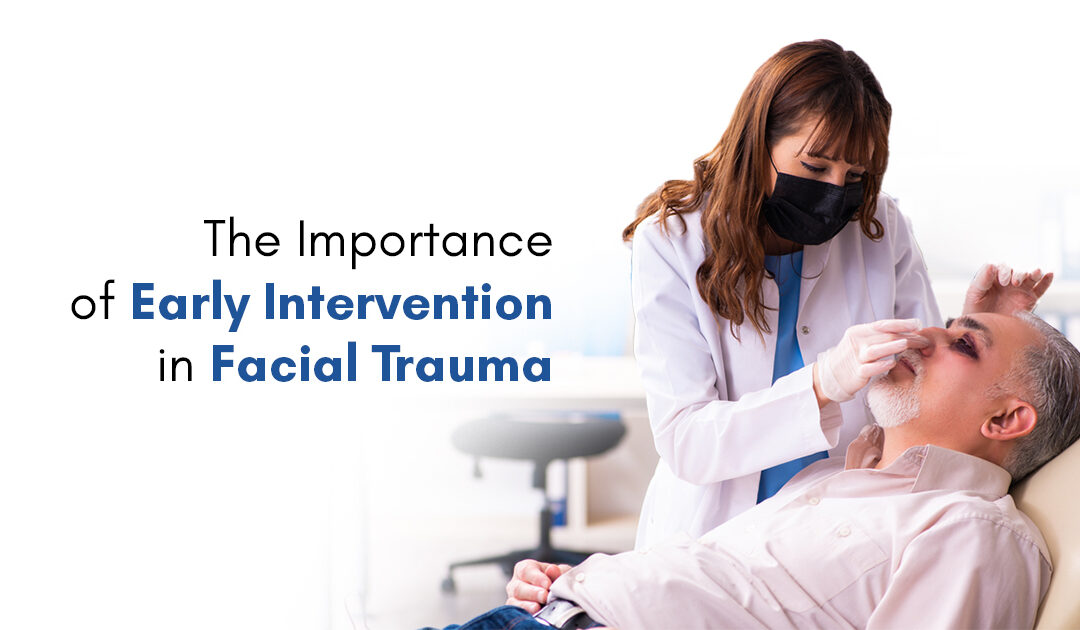Overview of Facial Trauma:
Facial trauma is characterized by damage to bone or soft tissue to the face, which may be caused by motor vehicle accidents, assaults (such as gunshots), sports injuries, falls, exposure to chemicals, thermal burns, or animal bites. Since the human face has many bones, blood vessels, nerves, muscles, and sensory organs, it is a delicate part of the body. If neglected, facial trauma can potentially lead to permanent loss of function, including seeing, chewing, speaking, swallowing, and even disfigurement of the face in the worst-case scenario. Medical intervention led by emergency doctors and plastic and reconstructive surgeons could lessen the impact of permanent abnormalities.
Traumatic Injury to the Face
Facial trauma, depending on the kind of injury, can lead to severe bleeding, swelling, an inflamed and bruised face, and a distorted appearance of the facial features.
Facial Fractures
Facial fractures can affect any area of the face, leading to functional impairments or changes in appearance. Severe fractures in the facial bones may cause the leakage of cerebrospinal fluid surrounding the brain.
A fractured jaw can cause problems to a person’s ability to eat, chew, speak, and swallow. In addition to that, the teeth may be cracked or broken, calling for restorative dental procedures.
Fractures in the midface (maxillary fractures) can include:
– LeFort I fracture, which occurs horizontally above the teeth and below the nose (the alveolar ridge).
– LeFort II fracture, which may involve one or both sides of the face. The fracture line extends from the lower edge of the eye socket across the bridge of the nose and downward through the cheekbone (zygomatic arch) into the upper jaw (maxilla) behind the back upper teeth.
– LeFort III fracture, which creates a horizontal line across the back of the eye sockets and is often caused by a strong, downward impact to the head.
An orbital bone fracture, or broken eye socket, may include:
- Orbital rim fracture, which occurs at the thick outer edges of the eye socket bone.
- Orbital floor fracture, sometimes referred to as a blowout fracture. This can happen when a direct impact to the face (like being struck by a baseball) leaves the outer rim of the eye socket intact but breaks the bone at the bottom of the eye socket, creating a hole. Orbital floor fractures can lead to symptoms such as a black eye, eye pain, and vision issues due to entrapment of nerves and muscles enabling the eye’s movement.
Facial Soft Tissue Injury:
The injuries to the face may include:
- Torn skin or scalp (facial laceration) raises the risk of bleeding, infection, and scarring.
- Cuts and scrapes on the face.
- Facial burns can be caused by heat, cold, or chemicals.
- Eye injuries.
- Nerve damage might affect sensation or a person’s ability to smile, blink, focus their eyes, swallow, bite, or chew.
- A cut on the tongue can make it difficult for someone to eat, swallow, or talk.
- Damage to salivary glands, which are over 100 in the face and help keep the mouth moist for eating and speaking.
Diagnosis of Facial Injuries:
Once the examination is done, imaging tests consisting of computed tomography or a CT scan are recommended to understand the extent of facial trauma. Since X-rays do not show the entire picture and MRIs don’t image the bones thoroughly, CT scans are used extensively by plastic and reconstructive surgeons.
Benefits of Facial Trauma Treatment
The benefits of treating facial trauma through plastic and reconstructive surgery are:
- To restore normal facial functions that may have been impacted, including the ability to focus, blink, smile, chew, speak, and swallow.
- To enhance the appearance of the face.
In conclusion, facial trauma can have a big impact on both how someone functions and how they look. Reconstructive surgery is extremely essential in helping people get back to normal by restoring facial functions and improving their appearance. This type of surgery not only helps with physical recovery but also boosts the overall quality of life for those who have experienced these injuries.

